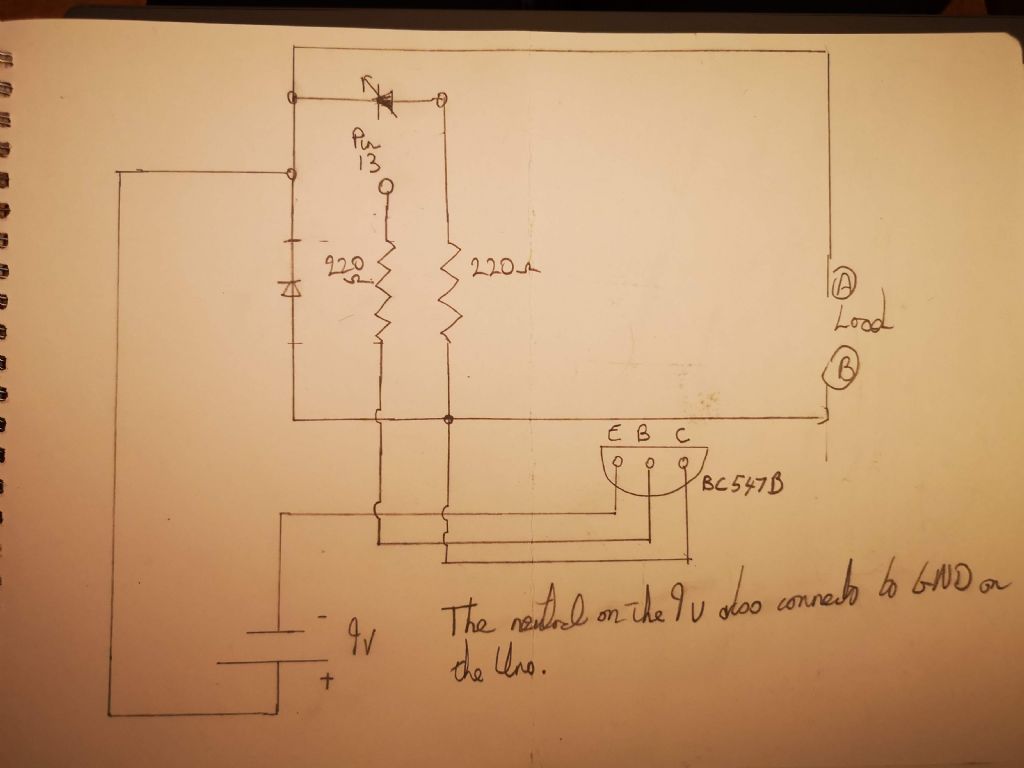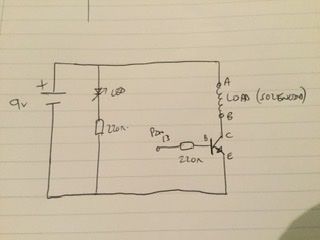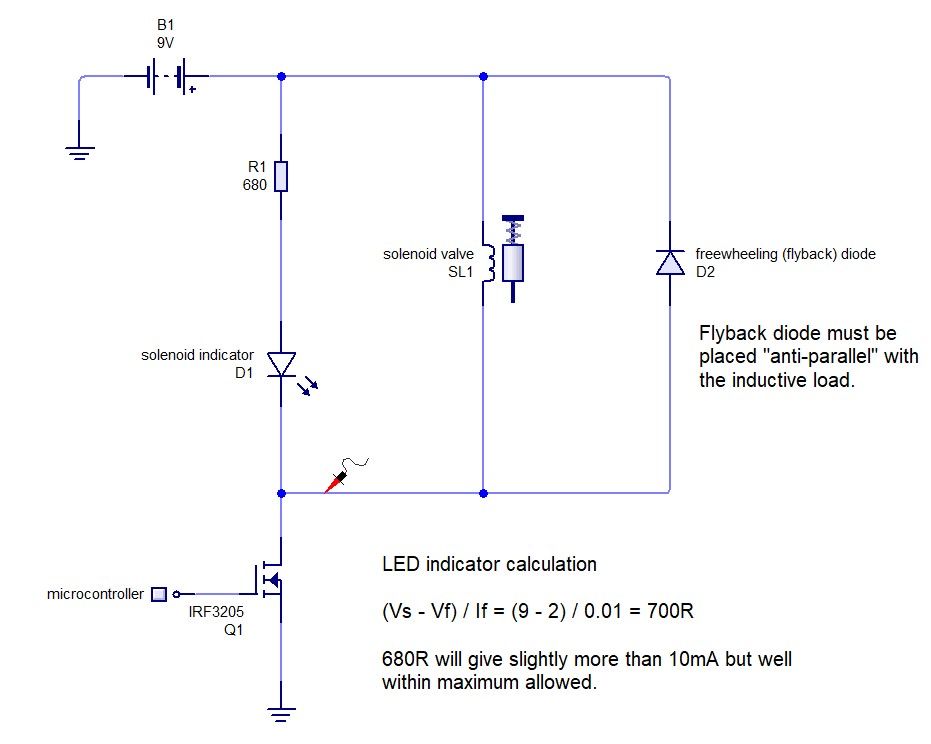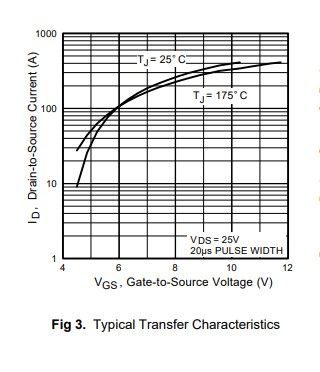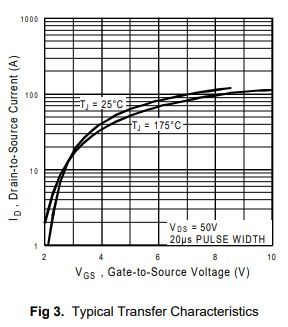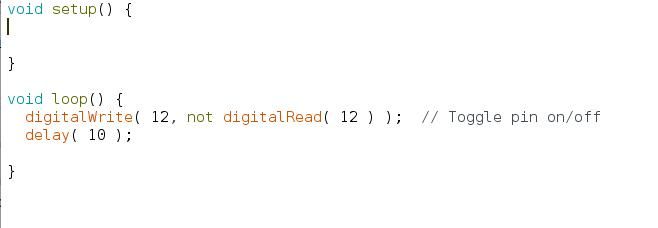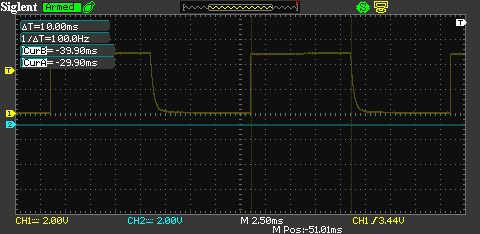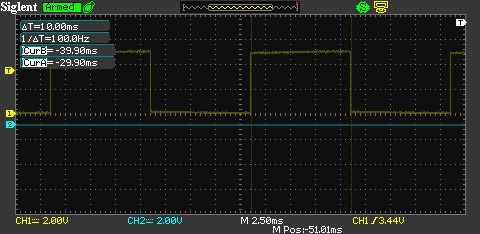Don't get a digital multimeter! They are cheap and readily available for a reason – easy to manufacture whereas an Avo is a precision instrument and therefore rather more expensive.
Stick a digital on a varying waveform, and you will be unable to read it because the display will be flickering up and down. An AVO, or indeed any reasonable analogue meter will rapidly steady on a reading, ok the needle may oscillate rapidly, but you will have a much better idea of the voltages.
In respect of the impedance, an Avo, if my memory serves correct, will be using its 10V range with the battery being 9V. Thus the internal resistance of the Avo will be of the order of 200Kohms (10v at 20Kohms per volt), and I would suggest that 200K is effectively negligible in this context. Even measuring 1.5V will require the 2.5V range, and again at 20Kohms per volt, the Avo internal resistance will be 50Kohms, sufficiently large enough to be negligible in this circuit.
Finally, consider the so-called accuracy of a digital – say 3 & half digits plus or minus 1 digit or something similar. But lets not get bogged down in this – just think of the tolerance of the resistors being used in the circuit plus or minus 1% if you are lucky. More likely 2% or even 5%. Which means that the so-called accuracy of a digital is blown straight out of the water due to the tolerance of the components.To explain a bit further, suppose you have two 220 ohm resistors in series across the 9V battery. In theory, the voltage at the junction should be 4.5v – provided both resistors are exactly equal. If one is slightly high, and the other slightly low, then the voltage at the junction will not be 4,5V., indeed with 1% tolerance resistors, the centre voltage could correctly be anything between 4.2v to 4.8v. So, why bother measuring a voltage to say 2 or more decimal places?
Andrew talks about good practice to have a resistor between base and emitter. He is quite correct and suggests a value of 10K. Fair enough, but in a lot of instances, a much higher value would be just as satisfactory. Many years ago, my then manager "lumbered" me with repairing some digital display units of which he had arranged for a local firm to build 130 units. The agreement my manager struck was that I would repair those that didn't work, but he didn't bother telling me, so when this chap turned up with 30 duff units, I was as you might expect, suitably less than impressed. Anyway, most of the faults were ic's incorrectly inserted, but I did find two design faults. One was a particular manufacture's ic which under certain circumstances did something different to all the others. The cure was to not use that manufacturer in that position. The other problem, which I admit took me a long time to sort out, was what is termed Icbo leakage from collector to base on the input transistors. This was cured, as Andrew says, by connecting a 33K resistor across base and emitter. We also arranged for all those units which had gone out into the field to be suitably modified.
Regards,
Peter G. Shaw
James Alford.


